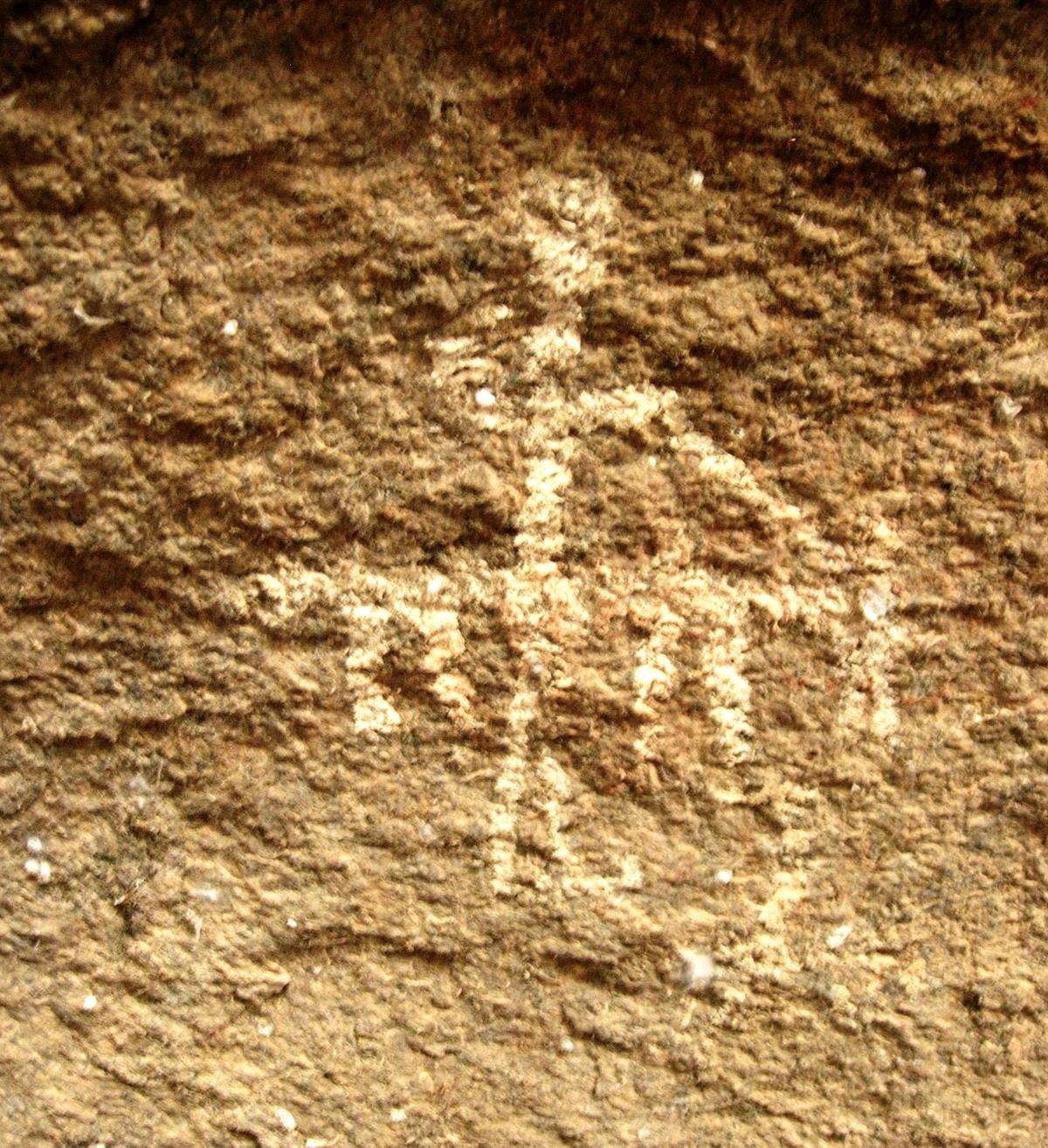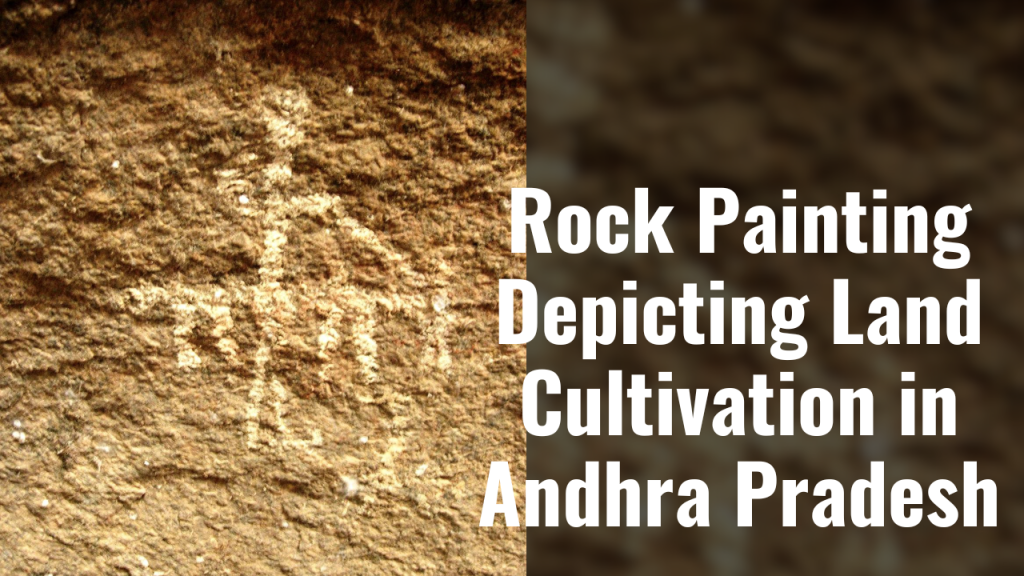Aditya Sisodia
Archaeologist D. Kanna Babu, former Superintending Archaeologist of the Temple Survey Project (Southern Region) of the Archaeological Survey of India, Chennai, has made a remarkable discovery in Orvakallu village, Guntur district, Andhra Pradesh. While conducting a survey of the lower River Krishna Valley to study the architectural features of shrines, Mr. Kanna Babu stumbled upon a rock painting from the Mesolithic period depicting a person tilling a piece of land.
During the exploration of the area, Mr. Babu identified five naturally formed caves that served as shelters for prehistoric humans who resided in the region. Among these caves, two stood out as they were adorned with distinct rock paintings on the walls and ceilings. These paintings were believed to have been created by individuals during the Mesolithic Age, approximately around 5000 BC.

Mr. Babu explained that the paintings were executed using natural white kaolin and red ochre pigments. However, due to exposure to the elements such as air and wind, most of the paintings had suffered significant damage. Despite this, some sketches and outlines managed to survive, providing visitors with a glimpse into the past.
The pigments used in the rock paintings, ochre, and kaolin, are derived from clay, sand, and ferric oxide. Ochre, in particular, is composed of clay, sand, and iron oxide, while kaolinite is a soft and earthy mineral resulting from the weathering of aluminium silicate minerals like feldspar.
This discovery sheds light on various aspects of the social life and culture of the ancient inhabitants of the area. One of the paintings depicts a man capturing a wild goat with his left hand while using a hook-like implement to control it. Another painting shows two couples standing with raised hands, accompanied by a child standing behind them.
Mr. Babu specifically highlighted a painted figure of a man holding a plough, seemingly engaged in tilling the land. This depiction suggests a semi-settled lifestyle where the community domesticated animals and engaged in agricultural practices, cultivating and harvesting crops.
It is worth noting that this is not the first instance of prehistoric rock art being discovered in Guntur district. In 2018, archaeologists unearthed prehistoric rock art on natural limestone formations near Dachepalli. These rock paintings were estimated to be from the Neolithic era, dating back to around 1500-2000 BC.
The recent finding at Orvakallu village adds to the growing corpus of rock art in the region, contributing to our understanding of the ancient communities that once thrived in this part of Andhra Pradesh. The preservation and study of these rock paintings offer valuable insights into the lives, beliefs, and artistic expressions of our ancestors, allowing us to connect with the rich cultural heritage of the past. The discovery by Mr. Kanna Babu serves as a reminder of the immense historical significance and archaeological treasures that continue to be uncovered in different parts of India, unraveling the mysteries of our ancient past.





